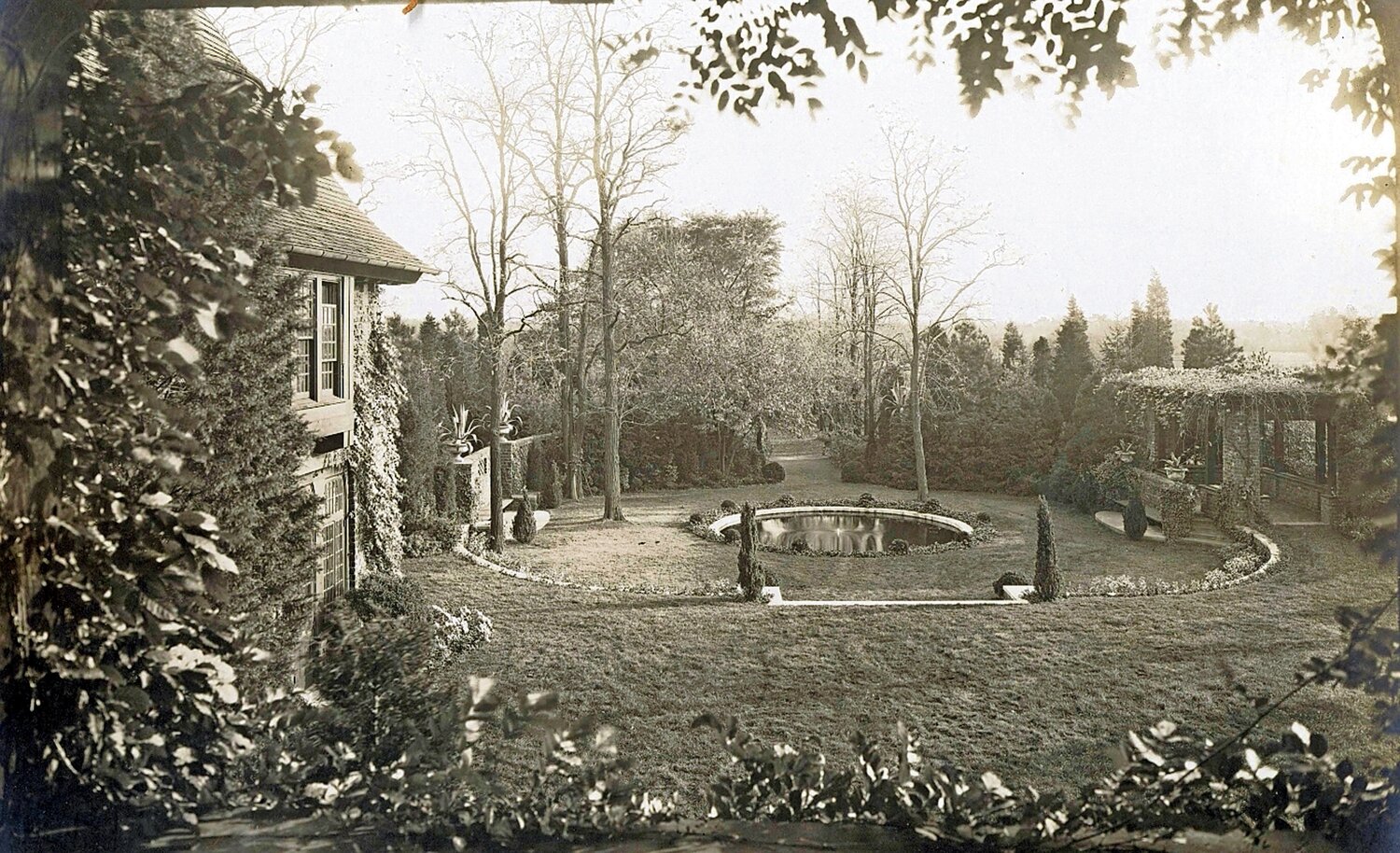Peering through Planting Fields Arboretum’s history
Planting Fields Arboretum is set to offer a unique historical walking tour, “Planting Fields as Palimpsest,” led by Marie Penny, the Planting Fields Foundation’s Michael D. Coe archivist. Scheduled for July 8, this tour is a first for the arboretum, featuring an archivist as the guide.
Penny, who has worked at Planting Fields for years, shared that the inspiration behind the tour came from her walks around the property, where she would try to imagine what the space would have looked like before its current state.
“Every time I walk between the Hay Barn and Planting Fields Hall, I imagine the historical structures that once stood here,” she said. “This tour will allow visitors to envision these lost buildings and understand their significance.”
The tour will highlight six key sites, including remnants of the Byrne House, which predated the Coe family’s acquisition of the property. The Byrne House partially burned down, leading to the construction of Coe Hall. Visitors will get the chance to see fragments of the Byrne House, such as parts of a garden wall and pergola near the Circular Pool Garden.
Another notable site is the area where geodesic domes stood during the mid-20th century when the State University of New York occupied the property. They used to be set up in what is now an empty field near the Hay Barn, but were removed in the early 1970s.
The tour will also include a stop at the Sensory Garden, which conceals a root cellar used by the Coe family for vegetable storage.
“The cellar is still there, below the garden, though it’s no longer in use,” Penny explained. “So we’ll be talking about how that space was utilized and why it was built.”
Penny said that she chose the title “Planting Fields as Palimpsest” to reflect the layered history of the site.
“A palimpsest usually refers to a manuscript with visible layers of text or art,” she said. “Here, it applies to architecture—layers of history are visible in the remnants of these buildings.”
The walking tour requires moderate physical exertion on uneven terrain, and attendees are advised to wear comfortable shoes and bring water. While the tour has sold out, Penny hinted at the possibility of future tours if there is enough interest.
Some paths are narrow or rocky, making them challenging for those with mobility issues. The Foundation will do its best to accommodate individual needs if notified in advance. However, cellphone service on-site is unreliable, and the tour will proceed in light rain, with hazardous weather updates provided to registrants.
For those interested in future tours or additional information, contact info@plantingfields.org.







